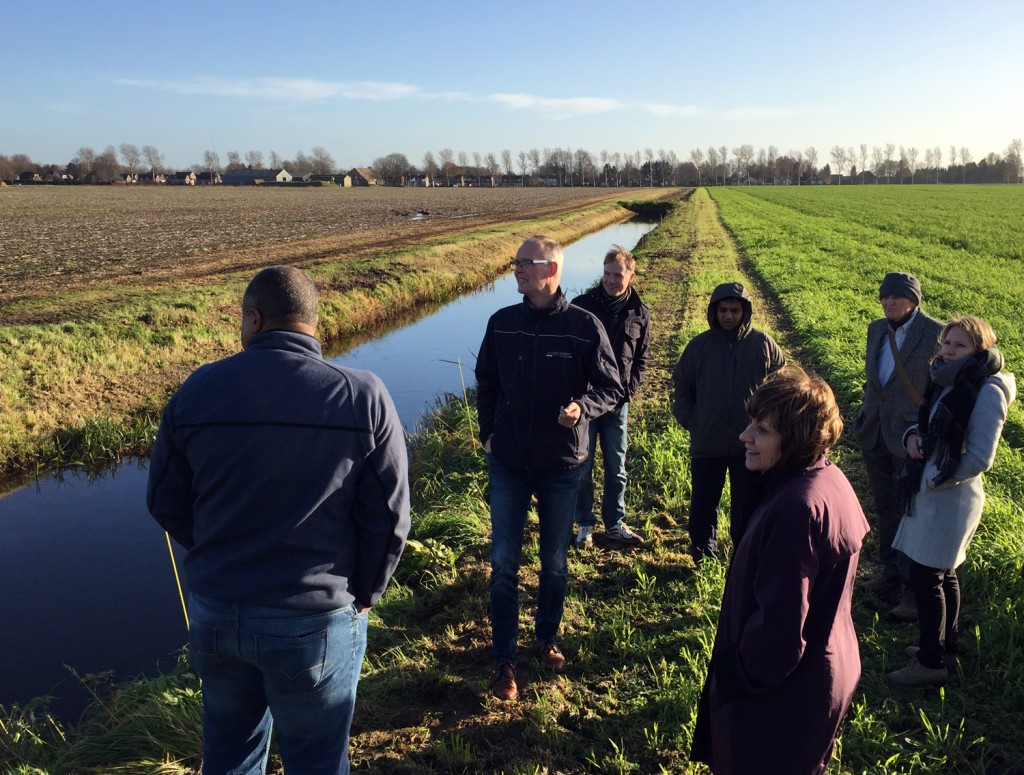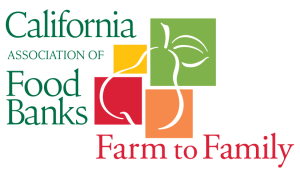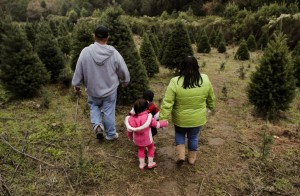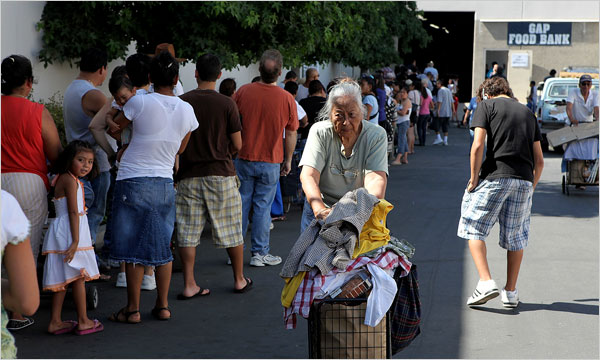
Secretary Ross at the delegation’s final meeting with Vice Governor Anne-Marie Spierings of the Province of Noord Brabant, a signatory to the Under2Mou.
Our trip to the Netherlands is just the start of greater collaboration with the Dutch in addressing climate change in the agricultural sector. The innovations in water use, green house technology, and saline agriculture are practical on-farm solutions that can assist California’s farmers. We have coherent and very similar trends – the convergency of technology and applied research in the farming sector that not only addresses current market demands, but helps position growers to meet the needs of a growing world population.
With our partners at the University of California, we have the opportunity to expand collaboration with Wageningen UR to develop joint research projects on climate smart agriculture – bringing the lessons and practices learned in the Netherlands, home to California. When I see the reuse of water for food production, taste horticultural products grown with salt water and observe the production gains that greenhouse management systems can bring to our berry industry – these are connections that our growers would be eager to learn more about.
In continuing our collaboration with the Ministry of Economic Affairs there is the potential to support joint investment in a climate smart agriculture project that brings together business, academia and government. This project could test the viability of saline crops or look at opportunities for integrated solutions in the farming sector. As we begin to the lay the groundwork for this initiative, I look forward to bringing the farming community and my government colleagues into the discussions.
At our visit with Koppert Cress (usa.koppertcress.com) – an innovative nursery that sells specialty products to restaurants, the owner Rob Baan, mentioned his participation in a Ag & Food Tech Safari to Silicon Valley. This novel idea emphasizes the opportunity we have to bring some of the agricultural technologies we are seeing in Netherlands to California through forums at the World Ag Expo or other venues – allowing farms and tech to connect and learn from one another. The technology we saw at AquaReUse (www.aquareuse.nl) and Priva (www.priva.ca//en/), among others, truly shows some of the synergies we can have on the farm in California.
I look forward to hosting our friends from the Netherlands in California and continuing to build upon the foundation of friendship we have established. When we look at the approach of climate smart agriculture that California is implementing through the State Water Efficiency and Enhancement Program (SWEEP), Healthy Soils and our dairy digester program and the work being done in the Netherlands we can see a shared commitment to a climate smart future. California and the Netherlands are truly places where knowledge and innovation grow.













